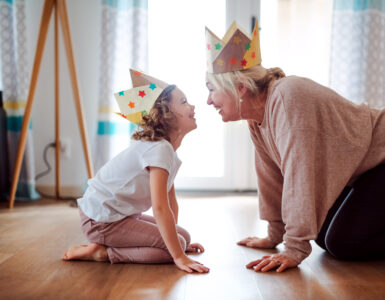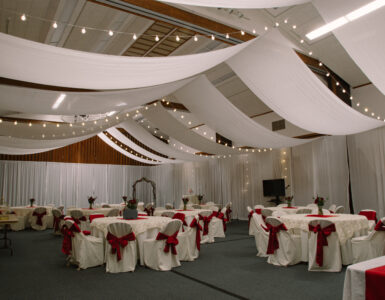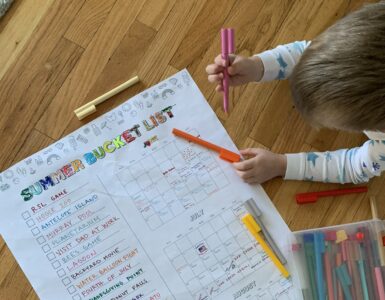Five moves you need to make to get your family ready for an earthquake. Consumer Educator, Teresa Hunsaker helps you get started.
45 States are vulnerable to hazards and damage from earthquakes. The very thought of an actual earthquake can cause even the most prepared of all of us to” shake in our boots”….no pun intended. Just imagine what fear that thought brings to our children. Children become anxious, frightened (even traumatized), and confused. They need our guidance well before disaster strikes. Our children need to feel prepared for an earthquake, just as much as adults, if not more.
Here are 5 Things Parents Can Do:
1. Create a family disaster plan…with your kids…in a family meeting.
· On a piece of paper draw a floor plan of your home. Diagram where exit doors and windows are; shut off valves are, where emergency supplies are (flashlights etc.), and fire extinguishers. Determine two ways out of each room. Identify “safe” spots in each area of the home for different emergencies….like an earthquake.
· Reunion Locations should be discussed….where to meet up if you are separated. Designate two of these locations, one for immediately outside your home…a close neighbor, etc., and the other for if you separated should you not be able to get back to your neighborhood…perhaps a family member lives a few miles, an office or worksite, etc.
· Both you and your children should learn what the school’s disaster plan is if you have kids in school.
· Contact list kept in a small notebook or three ring binder at home, and one small list for kids in their back pack.
· Have a “pet plan” for the other loved ones in your family…talk to kids about what to do, and give kids assignments for the pets during an earthquake.
2. Hold an earthquake drill …with your kids.
· Show your children the safest places to be in each room if an earthquake hits…teach them that if they are indoors, stay there. Do not go outside if they are inside.
· Advise kids what to be watchful of after an earthquake…aftershocks, gas leaks, damaged water lines, broken glass, etc.
· Teach kids to drop, cover, and hold on.
3. Pack a comfort pack with and for the kids.
· Stuffed animal or favorite toy
· Sweats, socks, sturdy shoes
· Water
· Family Photo…for more reasons than to just bring them comfort
· Pen, pencil, paper
· Contact names and numbers
· Flashlight
· Snacks
· Small reading books
· Hygiene kit
· Games
4. Have a “Hunt for Hazards” in your house.
· Give each child old enough to write a piece of paper and send them around the house to list all those areas of their home that might be potential hazards in an earthquake.
· Have them reconvene and discuss the items they listed and why.
5. Teach kids what is happening in an earthquake.
· Give kids a visual experience by using cardboard pieces, some dirt, and few small blocks stacked as buildings. Simple to build over a tray, cookie sheet, or paper box lid.
Additional Ideas Include…..
Prepare Your Home
· Cribs should be away from the windows.
· Bookshelves and any other high objects should not be in a place that could topple or slide on top of the crib.
· Secure your water heater.
· Store breakable and/or heavy objects lower to the ground, not high up on shelves.
· Smoke detectors in place.
· Install fire extinguishers.
Be an Example of Preparedness
· Have a home 72-96 hour kit, kits for the kids, and a car kit.
· Be working on and using your food storage program.
· Be trained in CPR and first aid.
· When you travel, let the kids see you check out stairs and exit access in hotels, etc.
· Gather and store important papers and documents in a fire proof safe.
· Get involved in community plans…let the children see that you are involved and informed.
· Let your kids see you checking smoke detectors and replacing batteries in them.
Communicate and Communicate Some More
· Remember the time to discuss earthquake safety and preparedness is NOW, not during an earthquake.
· Set aside specific times to review and practice with the children…teaching them once is not enough. Quiz them every few months.
· Teach kids what sounds they can expect to hear…rumble, glass breaking, trees rustling, etc. Let them know that their pets and animals will also be nervous and let you know something is wrong.
Sources:
FEMA
Red Cross
Homeland Security
Boy Scouts of America
www.ready.gov
www.extension.missouri.edu
(for a template of a family disaster plan)
www.bereadyutah.gov















Add comment